In the United States alone, there are thousands of captivating landscapes that are easily accessible by timeshares and hotels. While some areas of the country (like the Grand Canyon) are fairly well preserved, nearly every corner of our country’s natural beauty has been exposed by the travel industry. But there was a time before tourism dominated port cities and mountain peaks. Like we pointed out in last week’s article, settling the land and sustaining a town was required before any real plans could be made. Even so, most travel destinations weren’t even founded on the concept of tourism.
In the years of exploration, towns either thrived on their own or wealthy businessmen were needed to turn fortunes around. Failure in attractive places provided successful people with opportunities to shape the landscape into money-making havens. One could even say the foundation of hospitality was based on mistakes and others’ ability to capitalize on them. Turning the great outdoors into astonishing indoor attractions was the goal of many. Nonetheless, by the time vacation ownership was an option in the late 1960’s, many U.S. cities had already been primed for the product.
More History On Today’s Hot Travel Destinations.
We decided to cover this topic because we believe it provides consumers with a healthy amount of insight on the motives of the timeshare industry. Today, each of the following locations are known to be littered with timeshare companies vying for consumer attention. For the most part, this occurred because prime real estate is usually always sold to the highest bidder with the best economic plan. By the time hospitality dominated the marketplace, there was no looking back.
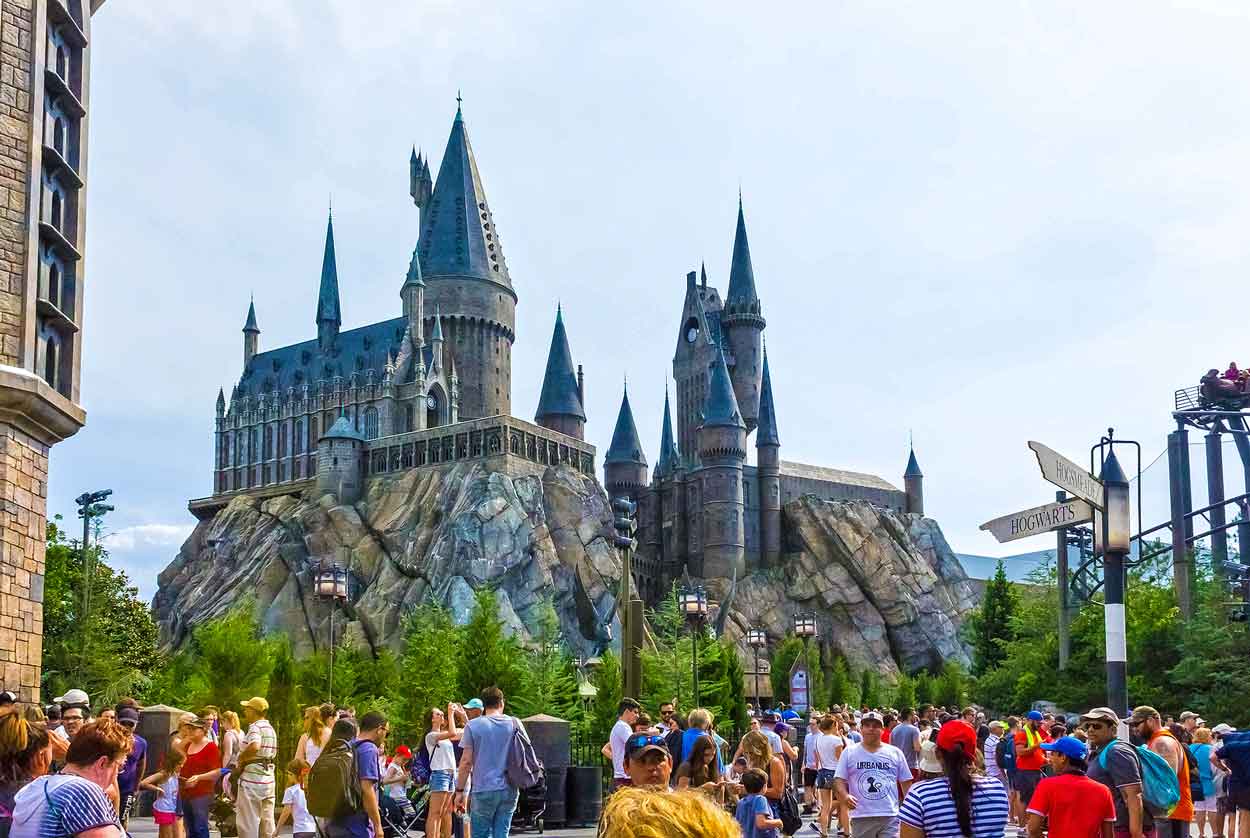
3. The Inland Peninsula of Orlando, Florida.
As one of America’s favorite travel destinations, Orlando, Florida, now boasts a magical kingdom and plethora of resorts made especially for kids and families. But it wasn’t always this pleasant and enjoyable. After taking over the land occupied by the Seminole Indians in 1838, American settlers leveraged the terrain to build a fortress (Fort Gatlin). This helped them better protect women and children while alleviating local attacks. As beautiful as Orlando is today, it’s hard to believe the region was once filled with conflict, fear and greed.
Nonetheless, the battle for owners’ rights against Native Americans in the southeast peninsula was short lived. Technology, weaponry and brute force didn’t give them much of a chance to defend their territory. By the time the 1840’s rolled in, the dust began to settle and a small town named “Jernigan” (named after one of the first families) emerged. Within a decade, they began moving away from the walls of the fort and even established the community’s first post office. By 1875, nearly 100 people resided in the area and the name was changed to “Orlando.”
DISCOVERED PERKS IN THE CLIMATE OF CENTRAL FLORIDA.
Before Disney, Epcot, Universal Studios, swamp tours and parasailing, the city was flooded with opportunity and ambition. Over the next 20 years, Orlando’s population grew tremendously. Not only was it said to be one of the most peaceful places to live during The Civil War (not confirmed), but it was the perfect place to plant and harvest a bountiful citrus crop. To this day, Orlando is still atop this agricultural market and many families have lived well off the land. Even “The Great Freeze” of 1894-95 didn’t slow down production as it provided more opportunities for wealthy groups to thrive.
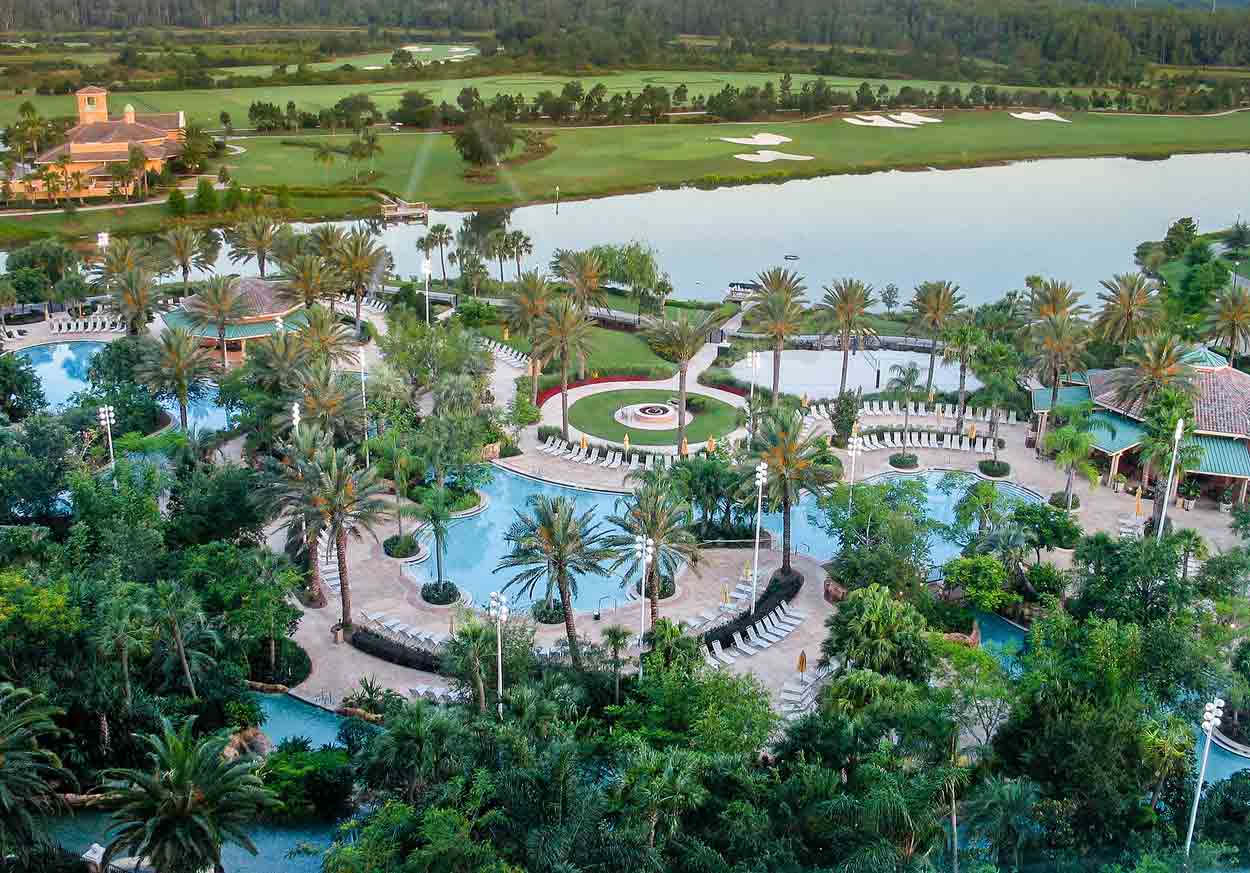
RESIDENTIAL AND COMMERCIAL DEVELOPMENT BEGINS.
In the 1920’s. the American economy began to take off and the city’s real estate prices roared. Like we mentioned before, this allowed Orlando to lean on some of the country’s premier developers to establish hospitable appeal in central Florida. Housing hit its peak and the famous San Juan Hotel was constructed during this time. Until tourism turned Orlando into a legitimate travel destination, most residents made a living at Kennedy Space Center, Patrick Air Force Base, Cape Canaveral Air Force Station or the orchards.
Shortly after the foundation of the city was stabilized, Walt Disney announced his plan to build a mega-theme park in the area – which led to a tsunami-like wave of timeshare resorts and other tourist attractions. Today, you can’t even walk around Orlando without being bombarded by sales pitches and deals. While Disney World and other resorts have allowed the city to make a lot of money for a long time, travelers will never find the peace, tranquility and lemonade that was once found in Jernigan.
4. South Carolina’s Myrtle Beach and Hilton Head.
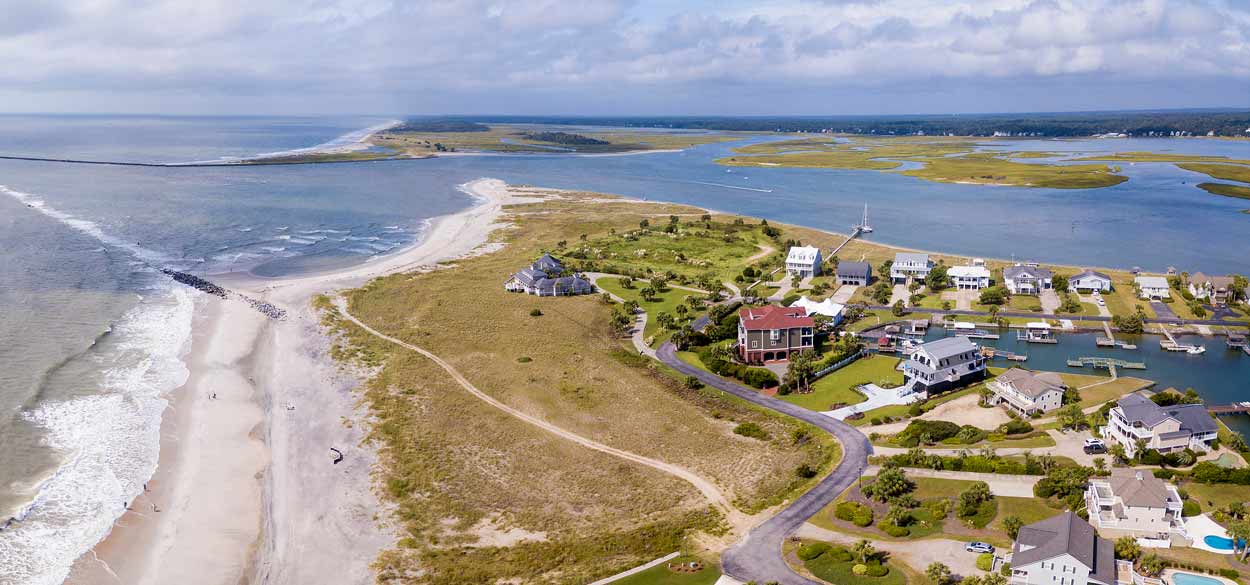
In comparison to some of the other popular travel destinations across the globe, this stretch of land is a lot more open and relaxed. While Myrtle Beach does have a strip for entertainment and food, most of the region is full of quiet, natural beaches and golf courses that let tourists unwind for a week or two. If you travel south on the 95 for a few hours to the Hilton Head, you’ll pass hundreds of restful areas worth taking in.
Despite the zen appeal of today, the South Carolina coastline didn’t initially attract part time visitors. The land wasn’t exactly easy to live on and a number of factors made life difficult for early settlers. Marshes, Indians, Diseases and Pirates were all said to make the early years strenuous. In order to settle, a plan and level of dedication was required. The Waccamaw River, abundance of timber and ability to produce rice became a crucial element of success, giving the town a little momentum by the 1900’s.
HOW DID HOSPITALITY GET ITS START IN SOUTH CAROLINA?
Although the economy was still struggling through its infant stages, the first hotel (Seaside Inn) was built in 1901 by the Burroughs & Collins Company. Shortly after, the company also played a role in naming the city. The widow of of Franklin G. Burroughs came up with “Myrtle Beach” after the wealth of wax myrtle trees growing wild along the shoreline. Over the next 20 years, the community started to experience a large influx in development that started with the erection of an upscale resort called The Arcady.
By the roaring 1920’s, the Grand Strands of beaches had its first golf resort, Pine Lakes International Country Club and Ocean Forrest Hotel. From this point on, nearly everything was constructed with tourism in mind. Waterways were stretched inland to create even more appeal while expanding guest possibilities. Improved commercial shipping gave new companies like Sports Illustrated an ability to thrive in Myrtle Beach. Once the city was incorporated in 1938, the pavilion, carousel, historic band organ and Air Force base popped up quickly. At this point, the city began its transformation into one of the most popular travel destinations in the world.
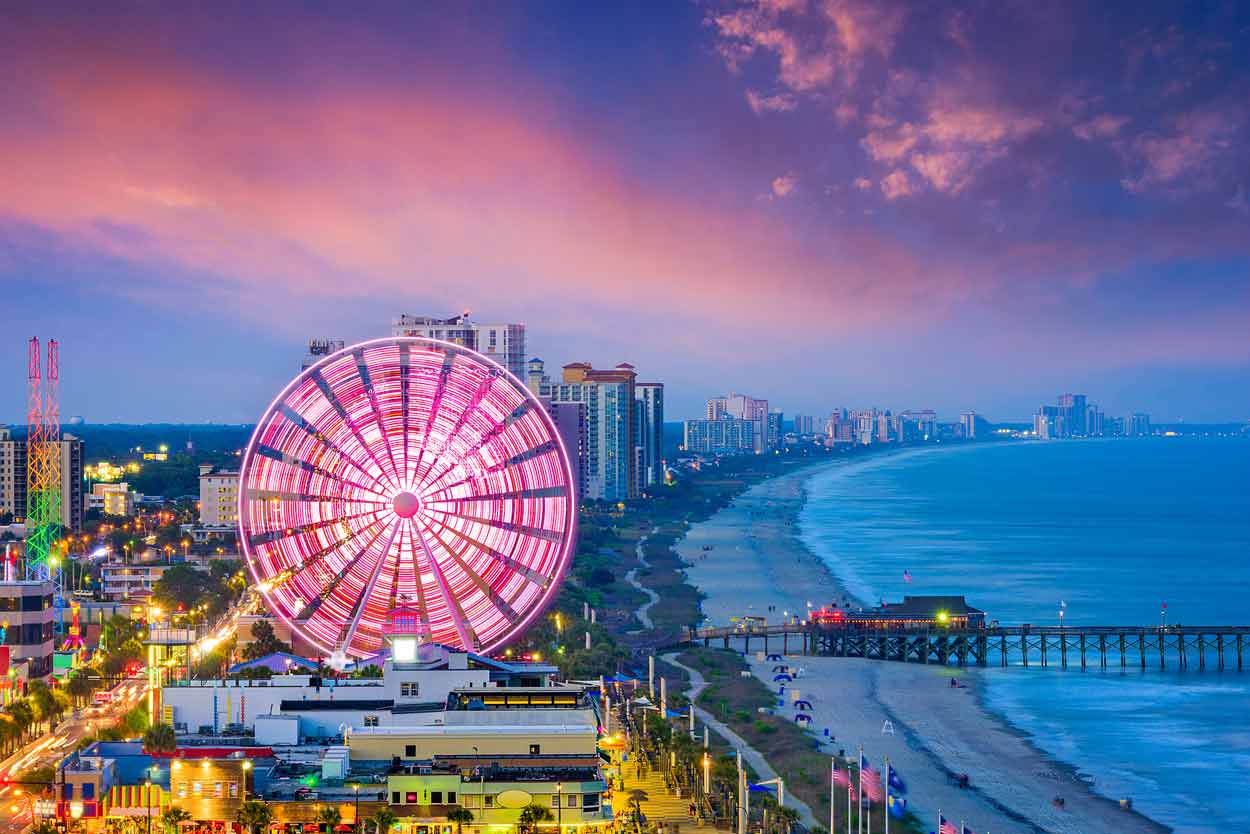
WHAT CHANGED SOUTH CAROLINA’S GROWTH TRAJECTORY?
In 1954, Hurricane Hazel changed everything. While Myrtle Beach didn’t exactly “fail” and it wasn’t totally destroyed, a “reset” button was necessary. This is where golf attractions began gaining traction. Ever since the 60’s, a golf course has been built almost every year in the area (There are about 115 available courses today). During the rejuvenation efforts of the 1970’s, improved amenities, attractions and retail centers took root. As the population tripled, more than $75 million was invested into new construction.
Today, the Grand Strand from Myrtle Beach down to the Hilton Head welcomes more than 14 million tourists per year. Between 2016-2018, Myrtle Beach was the #2 fastest growing cities in the U.S. and continues to grow to this day. But how long can they sustain growth and preserve the relaxation? The Hilton Head is one of the most gorgeous places in the area and it’s littered with American corporations and timeshares. Is it only a matter of time before South Carolina is in the same boat as Florida? Let’s hope not.
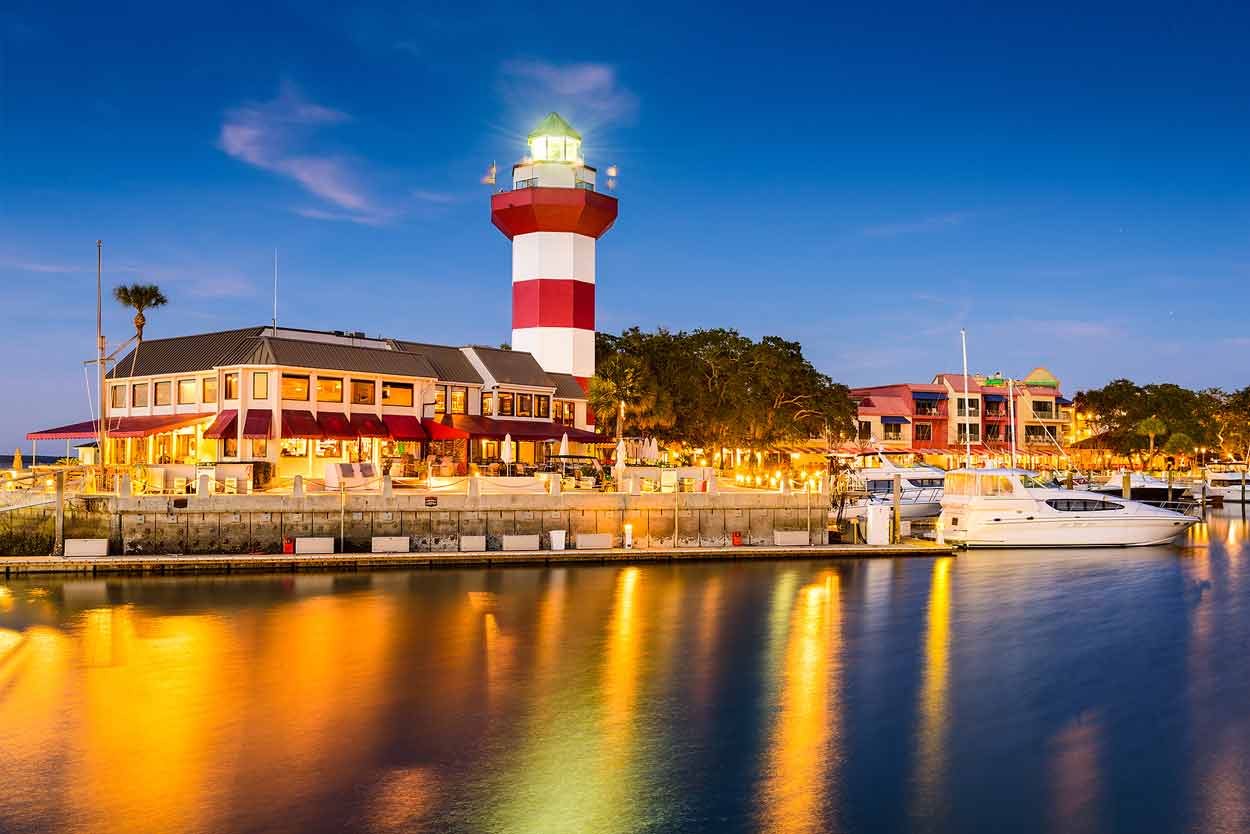
Travel Destinations Will Always Exist.
People that can’t afford to purchase a luxury home in a lavish location will always crave for an ability to visit one. No matter how you feel about the travel industry, there will always be money to be made. Developers will always be eager to build the next best resort in the most amazing and unthinkable of places. If you live in any of the travel destinations that we’ve discussed, then you’re probably fully aware of the local construction projects that never seem to end. Although it may be difficult to stomach the ongoing element of change, at least you’re not starting from scratch in the wilderness.
Moving forward, it’ll be interesting to see which uninhabited area of land is developed next for tourist-driven revenue. With technology improving, there’s no telling how far timeshare corporations will go to retain their market share. As long as they’re able to present bigger and better promises, consumers will always be intrigued by the appeal of fractional ownership in new travel destinations – even if it jeopardizes the captivating, natural beauty of America’s landscape.

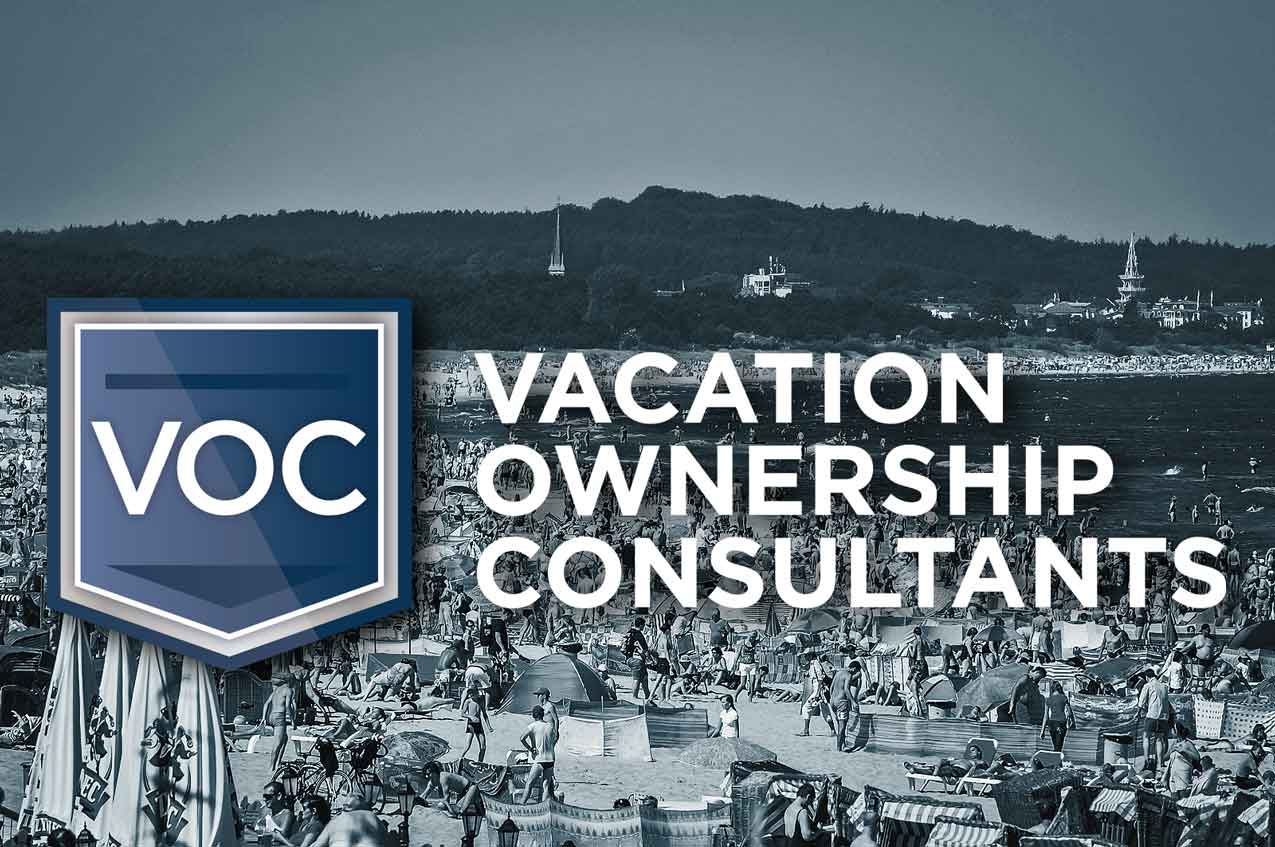





One Response
I need visa assistance to visit Brazil any one can suggest me a travel agents? even online assistance i am ok with it.